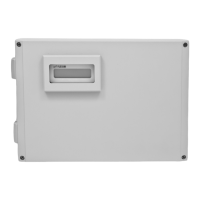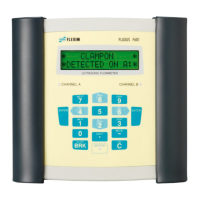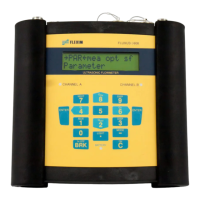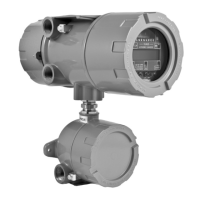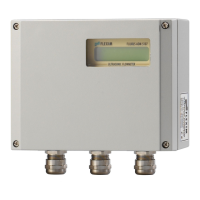3 General principles
3.3 Acoustic penetration FLUXUS WD
2018-07-16, UMFLUXUS_WDV1-3EN
16
3.2.2 Examples
3.3 Acoustic penetration
The pipe has to be acoustically penetrable at the measuring point. The acoustic penetration is given when pipe and fluid
do not attenuate the sound signal so strongly that it is completely absorbed before reaching the second transducer.
The attenuation caused by the pipe and the fluid depends on:
• kinematic viscosity of the fluid
• proportion of gas bubbles and solids in the fluid
• deposits on the inner pipe wall
• pipe material
The following requirements have to be met at the measuring point:
• the pipe is always completely filled
• no solid deposits in the pipe
• no bubble formation in the pipe
diagonal arrangement with 1 beam reflection arrangement with 1 beam
1 transducer pair
1 sound path
1 beam
1 plane
1 transducer pair
2 sound paths
1 beam
1 plane
diagonal arrangement with 2 beams reflection arrangement with 2 beams and 2 planes
2 transducer pairs
2 sound paths
2 beams
1 plane
2 transducer pairs
4 sound paths
2 beams
2 plane
Even bubble-free fluids can form gas bubbles when the fluid expands, e.g., before pumps and after great cross-section
extensions.
